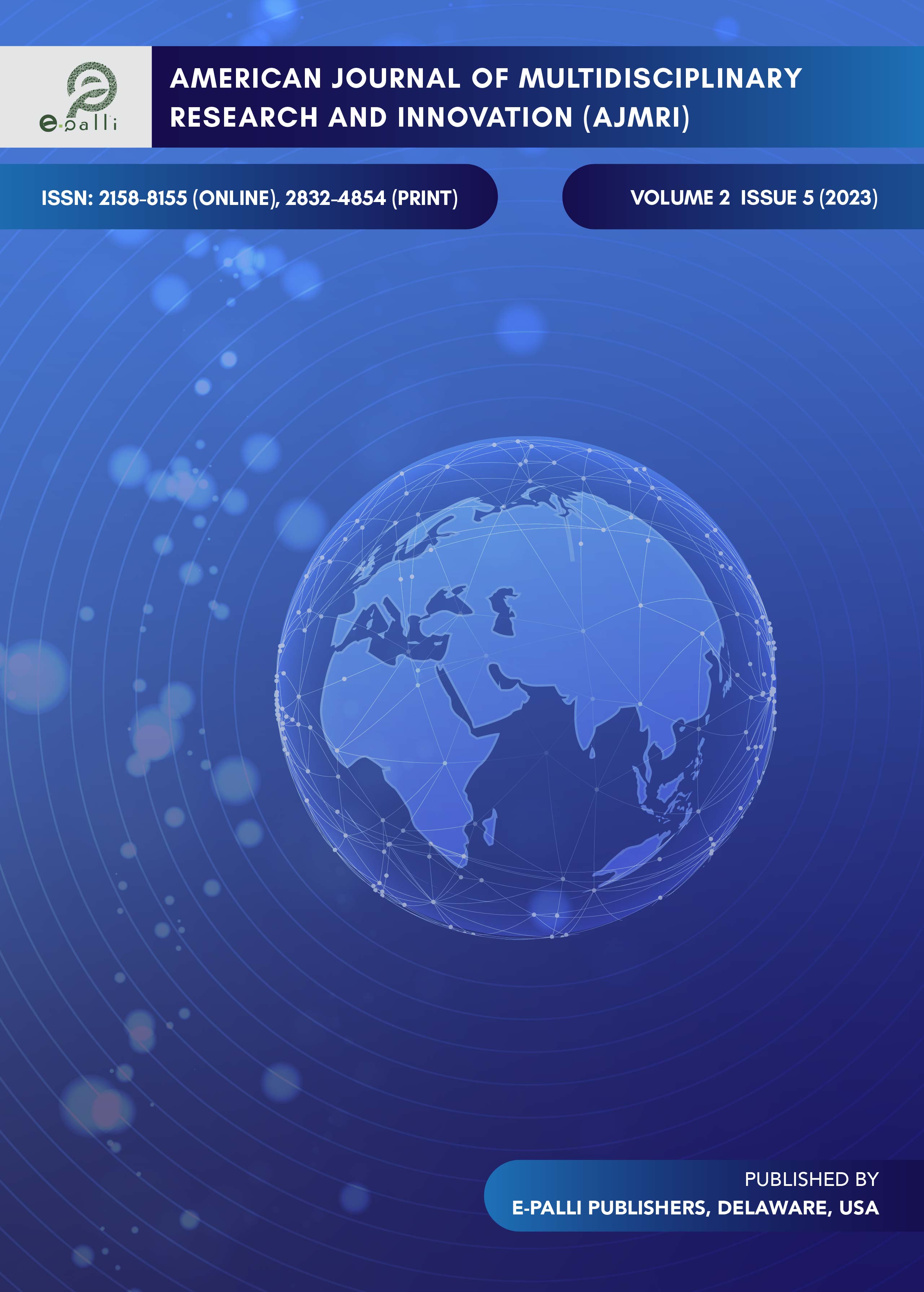Disaster Resilience and Capability in the Maintenance of Public Order During Disaster of Calamity-Prone Municipalities in Oriental Mindoro, Philippines
DOI:
https://doi.org/10.54536/ajmri.v2i5.2058Keywords:
Public Order During Disaster, Disaster Resilience and Capability, Calamity-Prone MunicipalitiesAbstract
This study examined the level of disaster resilience and extent of capability of calamity-prone areas in the maintenance of public order during disaster, among the respondents, the barangay officials, and the residents in the disaster-prone municipalities in Oriental Mindoro. This study employed a descriptive-quantitative research design in which the level of disaster resilience and extent of the capability of calamity-prone areas in the maintenance of public order during disaster, among the respondents, the barangay officials (n=180), and the residents (n=379) in the disaster-prone municipalities in Oriental Mindoro. A structured questionnaire was crafted based on study questions. In this study, stratified proportional random sampling was carried out for the selection of resident respondents, whereas total enumeration was used for barangay officials, including the chief of the barangay tanods in each barangay of the calamity-prone areas of the province under study. The weighted mean was used to evaluate the respondents’ level of disaster resilience and extent of the capability of calamity-prone areas in the maintenance of public order during disaster. Results showed the high extent of capability in the maintenance of public order during disaster in disaster-prone municipalities is indicative of the effective implementation of policies on disaster preparedness and the management of disaster risk reduction. The local government units may adopt the comprehensive resilience program based on the findings of this study to further enhance disaster resilience and disaster risk reduction management.
Downloads
References
Brillantes, A. B. (1993). The Philippines in 1992: Ready for Take Off?. Asian Survey, 33(2), 224-230.
Cai, H., Lam, N. S., Qiang, Y., Zou, L., Correll, R. M., & Mihunov, V. (2018). A synthesis of disaster resilience measurement methods and indices. International journal of disaster risk reduction, 31, 844-855.
Galangco, R. B. B., & Chinayo, D. L. (2022). The State of Police Legitimacy Through the People’s Trust and Satisfaction in the Performance of the Police of Their Duties. American Journal of Multidisciplinary Research and Innovation, 1(6), 47–55. https://doi.org/10.54536/ajmri.v1i6.872
Koch, H., Franco, Z. E., O’Sullivan, T., DeFino, M. C., & Ahmed, S. (2017). Community views of the federal emergency management agency’s “whole community” strategy in a complex US City: Re-envisioning societal resilience. Technological Forecasting and Social Change, 121, 31-38.
Llosa, S., & Zodrow, I. (2011). Disaster risk reduction legislation as a basis for effective adaptation. Global Assessment Report on Disaster Risk Reduction, 1-18.
Nakamura, R., Takahiro, O., Shibayama, T., Miguel, E., & Takagi, H. (2015). Evaluation of storm surge caused by Typhoon Yolanda (2013) and using weather-storm surge-wave-tide model. Procedia Engineering, 116, 373-380.
Nokele, S. kenneth. (2022). Context and Realities of Policy Implementation in South Africa: Quo Vadis. American Journal of Multidisciplinary Research and Innovation, 1(6), 76–81. https://doi.org/10.54536/ajmri.v1i6.898
Norris, F. H., Stevens, S. P., Pfefferbaum, B., Wyche, K. F., & Pfefferbaum, R. L. (2008). Community resilience as a metaphor, theory, set of capacities, and strategy for disaster readiness. American journal of community psychology, 41, 127-150.
Official Gazette (2010). Republic Act No. 10121. https://www.officialgazette.gov.ph/2010/05/27/republic-act-no-10121/
Ostrom, E. (2010). A multi-scale approach to coping with climate change and other collective action problems. Solutions, 1(2), 27-36.
Ramsey, I., Steenkamp, M., Thompson, A., Anikeeva, O., Arbon, P., & Gebbie, K. (2016). Assessing community disaster resilience using a balanced scorecard: lessons learnt from three Australian communities. Australian Journal of Emergency Management, The, 31(2), 44-49.
UNISDR Global Assessment Report (2015). Disaster risk reduction & disaster risk management. Retrived from https://www.preventionweb.net/understanding-disaster-risk/key-concepts/disaster-risk-reduction-disaster-risk-management
Usamah, M., Handmer, J., Mitchell, D., & Ahmed, I. (2014). Can the vulnerable be resilient? Co-existence of vulnerability and disaster resilience: Informal settlements in the Philippines. International journal of disaster risk reduction, 10, 178-189.
Walsh, F. (2007). Traumatic loss and major disasters: Strengthening family and community resilience. Family process, 46(2), 207-227.
Weichselgartner, J., & Kelman, I. (2015). Geographies of resilience: Challenges and opportunities of a descriptive concept. Progress in human geography, 39(3), 249-267.
Downloads
Published
How to Cite
Issue
Section
License
Copyright (c) 2023 Salcedo B. Tanguid, Jr., Richelle V. Tanguid

This work is licensed under a Creative Commons Attribution 4.0 International License.







